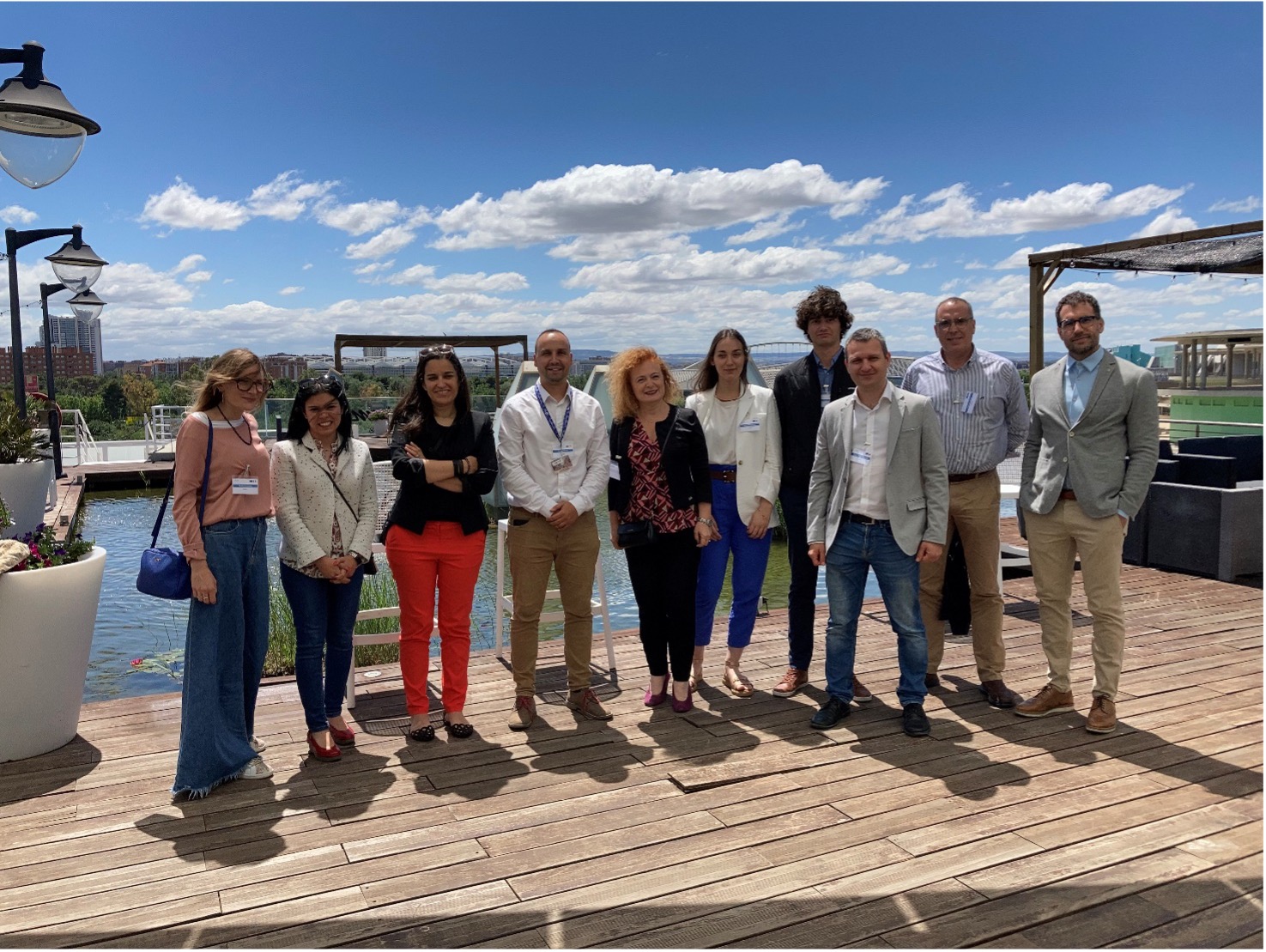New Solid-State Transformers (SSTs) will give more power to European grids
Press Release -
The on-going energy transition towards a decarbonized economy is changing profoundly the infrastructure of the power grids worldwide as well as the management paradigms of those grids.
Among other changes, electrical grids are becoming progressively more interconnected, requiring bidirectional power flows in their nodes and needing more flexibility. However, conventional high-power transformers are not fully prepared to overcome these challenges.
Building on these needs, Solid-State Transformers (SSTs) have emerged in the last years as a disruptive technology that combines multiple power electronics converter stages with a medium or high frequency transformer. SSTs enable to extend the typical functionalities of a regular transformer, optimizing the power flows already at the AC/DC interface and introducing a higher degree of digitalization and intelligence in the network.
SSTs are however not a mature technology yet and their use is currently restricted to low-voltage and low-power applications.
In this context, the new European-funded project SSTAR aims at increasing the current operation voltage level of SSTs to enlarge their applications within the energy power sector while improving its performance in a reliable, cost-optimized and sustainable way and triggering new SSTs deployment in the energy distribution and transmission grids. To reach these objectives, three main R&I Lines will be developed: 1) Sustainable biobased dielectric fluid able to increase the SST modules insulation voltage while achieving up to 50% of CO2 saving comparing to traditional oils 2) New SST module based on SiC with a bidirectional Inductive Power Transfer (IPT) system able to increase the individual voltage and switching frequency of SST modules up to 1.5 kV and 50kHz respectively with a total efficiency of 98.5% and 3) Decentralized control cascade H-bridge (CHB) converter to scale-up the number of modules in a single SST device to achieve the voltage levels of transmission grids.
“Solid state transformers are called to be a key piece to enable the incoming transformation
of the power grid to withstand the increase of share of renewables towards a zero-emissions
electric system. Thus, from SSTAR we pursue to boost of such a technology regarding
scalability and operation at high voltages”, says Jesus Muñoz-Cruzado Alba, scientific coordinator from Fundacion CIRCE. SSTAR will thus pave the way for the development of new disruptive HV SST devices, more attractive for commercial purposes than the current prototypes and with a wide range of applications at lower costs.
The SSTAR Project started in May 2022 under the coordination of Fundacion CIRCE and the participation of 6 partners: CERTH (Greece), EFACEC ENERGIA (Portugal), NOVAMONT SPA, RINA Consulting SPA and Fondazione ICONS (Italy). For the upcoming 42 months, they will work together at this new challenge supporting the EU ‘Fit for 50’ initiative to achieve climate neutrality by 2050.
